|
Can you believe how much your thighs burn in this one? Or how hard it is to keep the straight leg from slipping? And then, the teacher seems to keep holding this posture forever! Good news: while Triangle is definitely challenging, it really doesn't have to be unbearable. Often, making one simple adjustment (such as the size of your step- see video above!) can completely change how much you love (or love to hate) a posture.
Triangle pose firms the thighs and waist, opens hips, and helps alleviate rheumatism, lumbago in the lower spine and frozen shoulder. Practicing this posture regularly helps correct chemical imbalances, relieves constipation, normalizes blood pressure and improves cardiovascular function. By exercising the circulatory, digestive, immune, reproductive, respiratory and muscular systems, Triangle pose targets and benefits every part of your body! (That's why it's often referred to as the "master posture" and... maybe that's why it feels like your teachers hold it forever.) Tips to remember:
Once your total foundation is in place, the next step is to move your both arms, making sure that the elbow is directly in front of the knee and the fingers are stretching down to touch between the big and second toe. Then turn your head and look up while stretching your arms in opposite directions. Simple, right? Ok, you got us: it's a tough one! Remember that all you have to do is try the right way. Do the best you can, breathe normally and hold absolutely still without moving. That's it. Enjoy..!! Want to learn more about the postures? Ask any of our certified Bikram yoga instructors, before or after your next Triangle pose. Attend class at least 2 to 3 times weekly to put your learning into action and make your body smile!
0 Comments
Dandayamana bibhaktapada paschimottanasana! This posture is not only the most fun posture to say the name in Sanskrit, but also a phenomenal stretch for your hamstrings, hips and spine. Because of the upside-down position, this pose provides increased circulation to the brain, nasal cavities and adrenal glands. It decompresses the spine, relieving pressure on the intervertebral discs and the spinal nerves (including the sciatic nerve) as well as having a pretty incredible effect on your cardiovascular system (see below...) Check out our video about how adjusting the size of your step can help you get the most out of this one: Have you heard of a baroreflex? "Baro" comes from the Greek baros, meaning pressure or weight. So the baroreflex is one of your body's mechanisms which helps maintain blood pressure at nearly constant levels. When you hang upside down in Standing Separate Leg Stretching, baroreceptors in your arteries sense that blood pressure to the head is elevated, and this starts a rapid feedback loop which causes the heart rate to lower and blood pressure to decrease to a more normal level.
Lower heart rate and lower blood pressure is associated with a calming sensation in the body, amirite? Which, if you think about it, means the placement of this pose in our series is simply genius! I mean, you just completed Balancing Stick pose, which got your heart beating out of your chest. And you're just about to do Triangle pose... But first, you get to do Standing Separate Leg Stretching, to bring your blood pressure and heart rate down, so by the time you hit Triangle you're operating on a much more even keel. Wow! What if you have sciatica? In this pose, a special consideration for those with active sciatica is that the feet should not be "slightly pigeon-toed." They should be parallel to one another, or even a little turned out. This takes pressure off the sciatic nerve during the pose. Don't miss attending our Posture Clinic with Josh on Saturday, October 13! Free for BYSJ members, $20 everyone else.
As Bikram yoga teachers, so many students tell us this one is their "nemesis!" And we get it. SHTK not only requires you to use a ton of physical strength and stamina to develop your own flexibility, it also calls upon 110% of your will power, integrity and mental fortitude to stick with it, try the right way and not give up. The good news is, by using those aspects of your body and of your character you are building them up, and they (like this posture) will only get better with practice. Health benefits include:
How to do: Standing Head to Knee can be best understood by dividing it into a progression of stages or steps. Keep in mind that while we identify 4 main "steps" in the posture, there are a bazillion mini-steps along the way, and any one of the steps may take you weeks, months or years to master. For example, between grabbing your foot and locking both knees, you may find your maximum expression of the posture somewhere in-between for quite some time. No worries: as long as you try the right way and you don't give up, that's the ultimate destination!
*You want me to lock my knee?? Yes. But let's make sure you understand what we mean by that. In Bikram yoga, to "lock the knee" means 3 things: Straight leg (full extension of the knee joint) + thigh muscles (including quads) contracted + body weight even on the foot. Check out our post on the subject for more! Eyes and abs!
Balancing on one foot is a big challenge for many beginners. Remember that your 2 best friends on your "balance team" are your abs and your eyes. So always keep your abdominal muscles pulled in firmly, and maintain your one point of focus on your standing knee throughout the posture. Breathe normally Breathing properly is key. If you’re working on Step 1, simply breath normally with an engaged core. If you are kicking out into Step 2, inhale slowly by the nose while you kick your leg forward. Take another deep inhale when your both knees are locked and exhale as you bend your elbows down for Step 3. Take another deep breath and slowly exhale again as you tuck your chin to your chest for Step 4. This focused breathing keeps you calm and maintains oxygen moving through your body to feed your muscles. It also assists with the stretching and rounding of your spine and ribs. Enjoy! Finally, the real secret to mastery of Standing Head to Knee is: attitude. Relish every step of the magical journey, because every step has something to offer your body, mind and soul. And more than anything, this posture demands that you activate and cultivate the connection between those! That's part of what makes it so tough, and that's also what makes it so... yoga. Once all major joints of the body have been warmed up by practicing Pranayama breathing and the first few postures, you are ready for Eagle pose, garudasana! This pose opens up the joints of the ankles, knees, hips, shoulders, elbows and wrists. By twisting your limbs "like ropes" Eagle pose creates compression of blood and lymph flow headed to spots like your legs, kidneys and the lymph nodes in your armpits. Hold the posture very still while breathing calmly, so that when you release it your elevated heart rate will send a boost of high-speed circulation to those areas. Notice a white mark on your thigh after you come out of Eagle? That's a good indicator that you’ve been maintaining a strong compression. What's that you say? Your arms won't twist like ropes? Here's a quick video on what to do for this (very common) "issue"... Now that we've cleared up what to do with those pesky arms, here are a couple key aspects of Eagle pose and more tips to help you get the most out of your efforts:
Using leverage to promote good alignment and open joints. When you move your knees to the right and upper body to the left to get your feet, knees, elbows and hands in one line, you are using the leverage of one limb against to create the compression effect I mentioned above and open up your major joints. The key to not falling over while you make these adjustment is keeping your (especially lower) abdominal muscles tight and your upper body lifted away from your thighs. It's a backbending pose! Many beginners tend to lean or even hunch their bodies forward while they're setting up their Eagle, in an effort to pull their elbows down. Don't let this happen to you! Keep your upper body (when you hear the cue "upper body" in class, think mainly lower ribs upward) leaning back throughout the posture, which means (although you'll end up looking straight ahead) your spine is actually in a backward bending position. This position strengthens back and core muscles, releases tension in your lumbar spine, and compresses the kidneys. Pro Tips:
In the Bikram yoga system, we do the Awkward Pose in three parts. Here's a quick rundown of what to do in each one, how to do it, and why you should even care...
Even on its own, the first part of Awkward pose is an excellent all-around exercise, reminiscent of a squat you might have done at the gym (though Utkatasana has been keeping leg and butt muscles buff muuuuuch longer than the gym!) How to do Part 1: Step your right foot to the right about 6 inches, keeping your feet exactly parallel to one another so your heels stay invisible behind your toes. Keep in mind that in Bikram yoga "6 inches" varies from person to person! Basically, your heels should be directly underneath your hip joints. This alignment is important to make sure that when you sit down into the pose, pressure is distributed evenly in the hip, knee and ankle joints. Bring your arms up parallel to the floor with palms facing down and all 5 fingers together. Stretch your arms forward toward the mirror, exhale and suck your stomach in, then hold it in while you sit your hips back like you're sitting into a chair that's a bit too far behind you. Keep your spine straight to begin with and maximum body weight on your heels. It's normal if your upper body has to come forward a bit so you can sit your hips back. Once you're in the chair, lift your chest up and bend your total spine backward to bring your upper body back. (Tip: if you *can't* lift your chest up, you're probably sitting down too low- come up a little bit and try again.) Suck your stomach in and lean back into the heels even more, keep your chest up, lean back even more until you almost fall down backwards! Get psyched for Part 2: The second part of Awkward Pose is super challenging for a lot of people- so if your ankles are wobbling or your thighs are shaking, you are definitely not alone. The best tip for you is: don't skip it, and don't hold back from fear of falling or not being able to hold it the whole time. You have to start somewhere, and no one will laugh if you fall (most of us have been there!) Part 2 is great for increasing leg and foot strength as well as stretching out the feet, so give it all you've got and it will give you some nice-looking gams and great-feeling dogs in return! How to do Part 2: First stand up on your tippy toes and stretch your whole upper body up to the ceiling. Suck your stomach in and sit down as though you are sitting into a chair that's right underneath you. Be sure to sit down until your hips are in the chair, keeping your spine in a straight position. If you can only hold it that low for 2 seconds at first- be proud of your achievement! Little by little, you will build endurance- but only if you try the right way and you don't give up. How to do Part 3: By the 3rd part of Awkward pose, your legs are already well warmed up. Come up a little bit on your toes and bring your knees together, being sure to keep your heels behind your toes. Exhale breathing and sit down as slow as possible, keeping your knees together and your spine in a straight position. Sit down all the way onto your heels, then stretch your spine up towards the ceiling to make a half-inch gap between your hips and heels. Keep your knees together and forward, thighs parallel to the floor, arms parallel to the legs, spine straight so from the side you look like a 3-sided box. Here's the hard part: inhale breathing and slowly come up while keeping your spine straight. This requires you to really concentrate and connect with your lower abdominal muscles (to keep your hips from going back and upper body tipping forward) as well as tremendous thigh strength (and determination!) to keep your knees together. "But my knees!!" If you are suffering from knee pain, have a recent knee injury or have limited range of motion in your knees, here are a couple special tips for you in Awkward:
Why to get Awkward: All three parts of Utkatasana are excellent for improving blood circulation in the ankles, knees and hips. This pose strengthens the thighs, calves and hips muscles while improving flexibility of the hip, knee and ankle joints. Awkward helps relieve symptoms of rheumatism, arthritis and gout. It's also great for toning lower abdominal muscles, pelvic floor and the triceps muscles of the arms. Not to mention, it sure gets your heart rate up and is often the point in class where you'll really start sweating, making sure your limbs are nice and slippery for the next posture... As the first posture in the Bikram yoga class, the job of Half Moon pose (ardha chandrasana) is to get your spine feeling out its range of motion in a bunch of directions, right off the bat. By stretching up out of your waist, then slowly bending your upper body to the right while pushing your hips to the left beyond your perceived flexibility, you will create an incredible stretch down the side of your body. This side-bending action either stretches or tones every muscle in the torso, increases the lateral flexibility of the spine, opens up the hips and trims the waistline. Oh, what a feeling- and then you get to do it to the left! TIP: Half moon is the very first posture in the class, so there's no need to push it super hard, especially in the first set! Your body is not quite warmed up yet, so "take it easy, honey." Remember that the first set of every pose is diagnostic- it helps you figure out where your body is in the present moment. Second set is therapeutic- based on what you discovered in the first set, you decide whether to push a bit further, or back off a little more. Your breathing is an excellent indicator of which way to adjust- if you really can't keep your breathing normal (like you're watching TV) then you've done too much! Back off.) Once we have stretched to both sides, the third part of Half Moon is backward-bending. Your instructor will warn you, "Your back is going to hurt, don't be scared!" PSA: That doesn't mean that if a part of your body screams in sharp pain, that we think you should push through it! Not at all. This statement is simply a "heads up" that it's normal for the backbend to be uncomfortable- or even "hurt," in the sense of "ouch, I don't usually use those muscles!" Backbending can be a pretty uncomfortable position at first. It requires you to simultaneously use a lot of strength in your legs, hips and back while also relaxing the neck and stretching the arms and shoulders back as far as you can. The challenge (and any "hurt") is worth it though, because this first backbend is unbeatable at warming up the back muscles and de-stiffening (that's a technical term!) your spine for class, while opening the heart and chest. Be sure to keep your eyes open, so you don't get dizzy. At this point you have moved your spine straight up, side to side, and backward. Next comes Hands to Feet pose (padha hastasana.) This forward-folding posture continues to stretch the spine while beginning to work on stretching the sciatic nerve, muscles, tendons and ligaments of the legs. TIP: If you can't grab your heels from behind, bend your knees and try wrapping your elbows behind your calves. Then hold the backs of your ankles and start to straighten out the legs, keeping your grip by keeping pressure with the palms against the ankles. Eventually, you may be able to grab underneath your heels- for now just get as close as you can! Besides the tremendous stretching, Padha hastasana also helps improve overall circulation to the legs, sends a nice rush of blood to the head, and strengthens biceps, lattisumus dorsi, quadriceps, hands and fingers. Always remember to keep your breath moving calmly, in and out of your nose- a smiling happy face can help. :)
I often think of this dude I knew who always waited until Pranayama was over before he would go in to class: he said it hurt his neck and shoulders. He'd find all kinds of ways to stall: go to the restroom, check his phone, fill his water (again) or change clothes verrrrry sloooooowly... By skipping this breathing exercise, however, he was missing a bigtime opportunity to warm and prepare for the rest of class precisely (yup!) his neck and shoulders. His hurting was likely due to improper technique, but by avoiding Pranayama he was robbing himself of the chance to ever learn the right way. Avoiding what challenges you is never the answer. If Pranayama feels uncomfortable, achy or awkward, chances are you stand to benefit from it greatly! If you do it correctly. Since none of us came out of the womb with our knuckles glued to our chins performing perfectly synchronized movements coordinated with 6-second inhales and 6-second exhales (ok, maybe Orlo did??) it takes practice and time to learn this technique. Offer yourself patience (which Pranayama will help with, too!) and never give up. Benefits of Pranayama breathing include:
Tips:
With 26 postures and one breathing exercise accomplished, the final breathing exercise begins to cool your body down so (after a 2-minute final savasana, of course!) you leave the hot room feeling like a brand new, yoga-lized you. Benefits:
Tips:
i"The principle of Ardha-Matsyendrasana and of other spine-twisting asanas is the use of the legs as fulcrums or levers so that the pull of the arms on the two upper corners of the rib box can bring the spinal twist to its maximum potential. The value of the twist is that it exercises, adjusts and rejuvenates the spine, and that it stimulates all the organs of the trunk to better health."
(from "Yoga Postures for Health", compiled from articles in the 1956-59 Self Realization Magazine) Half Spine Twisting pose improves blood circulation around the spinal nerves, veins and tissues. It increases flexibility of the entire spine and range of motion at the hip joints, helps alleviate back pain caused by lumbago, kyphosis, scoliosis and arthritis. Twisting improves digestion, relieves flatulence and strengthens the abdominal and thigh muscles while providing a tremendous stretch for the illiotibilal (IT) band. So how come we only do 1 set of this fabulous pose? Bikram might say he ran out of time- but we think it's just so great that only 1 set of it does the job. ;) How to do:
|
AuthorHHY Founder, Yoga Business Coach, yoga-doer and life-lover, Kay Afif! Categories
All
|

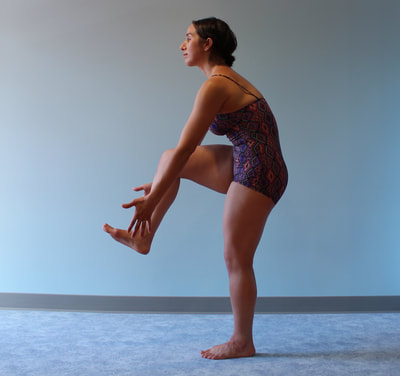
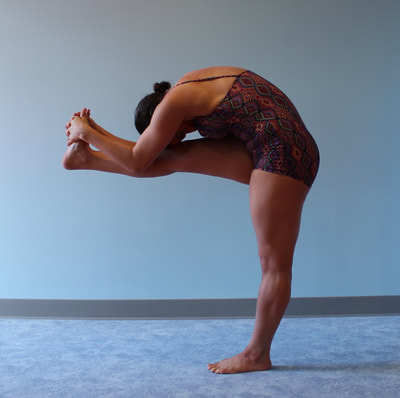
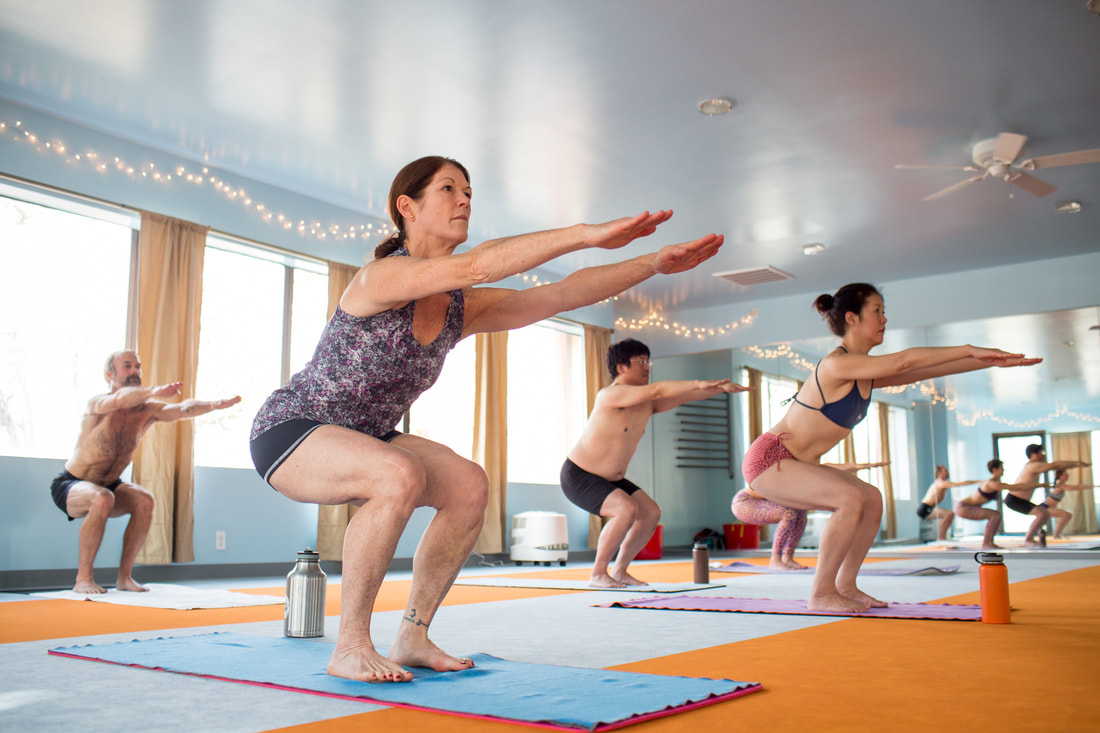
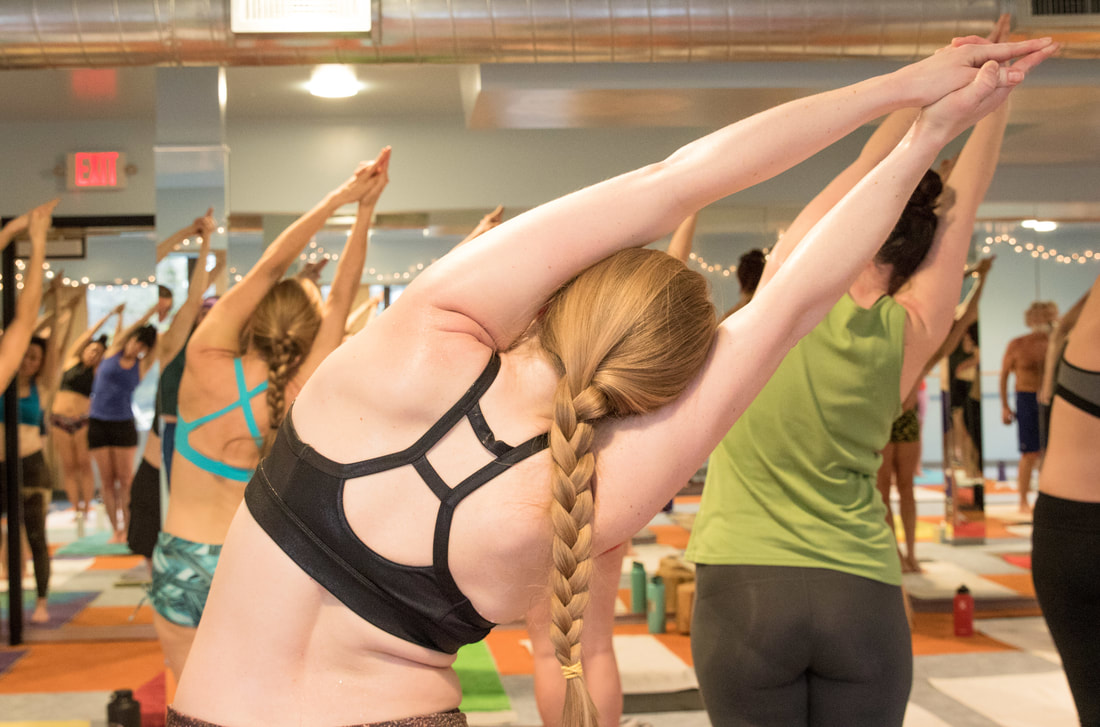
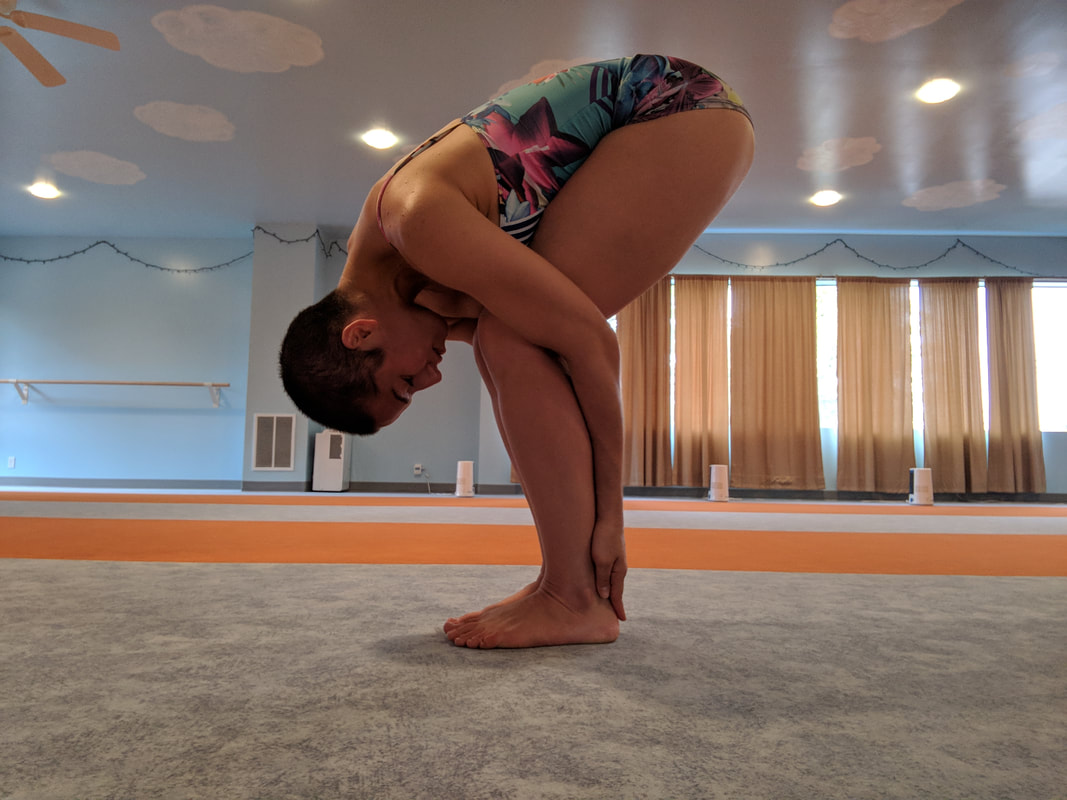
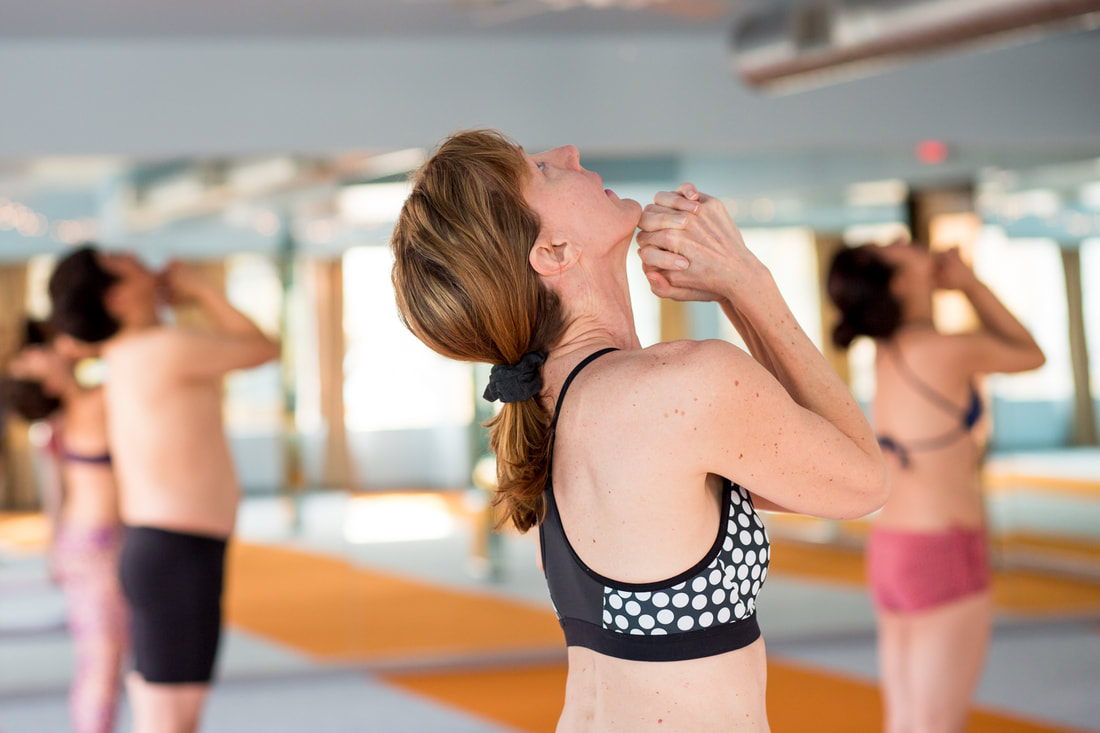
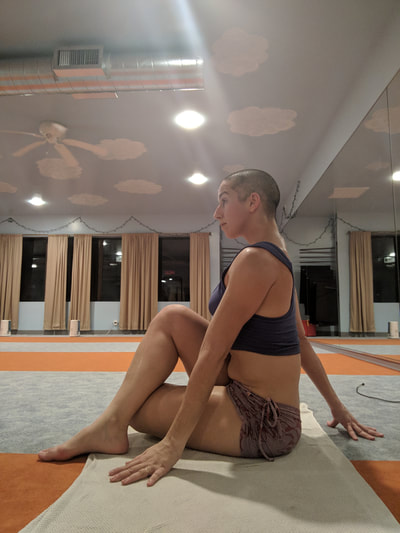
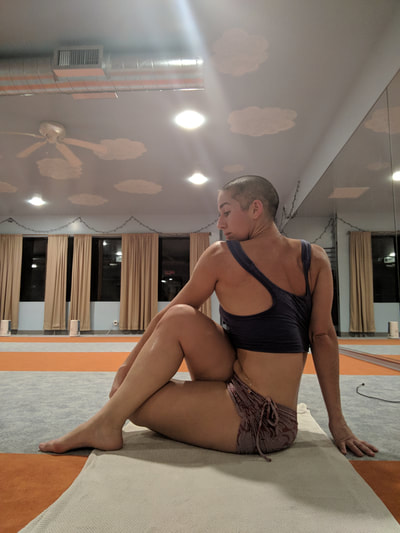
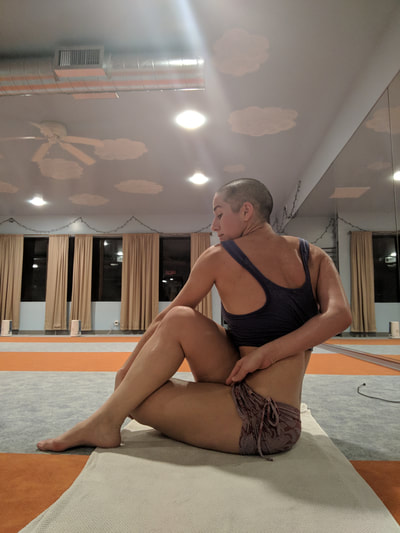
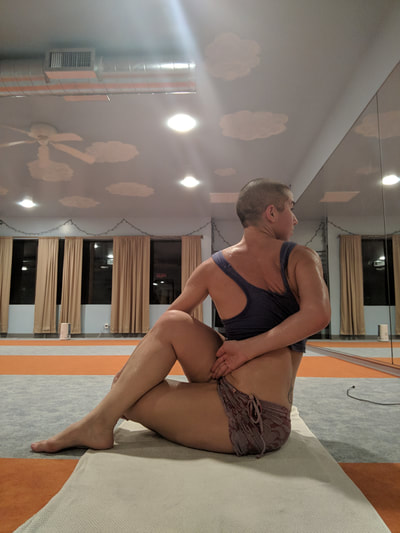
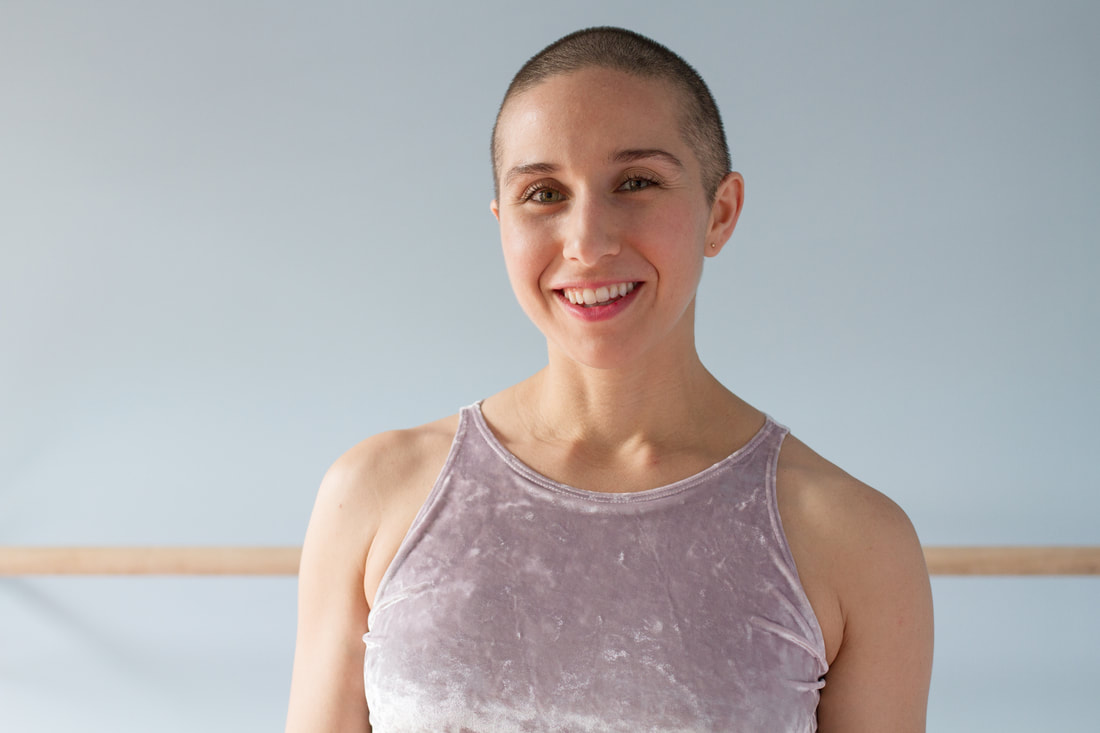
 RSS Feed
RSS Feed
